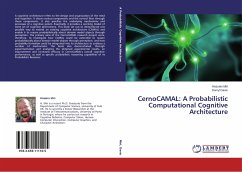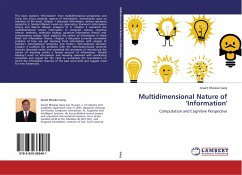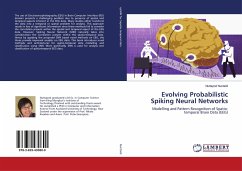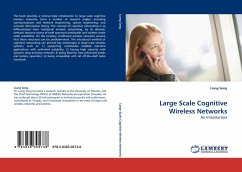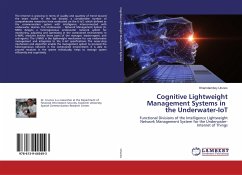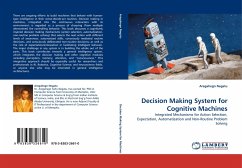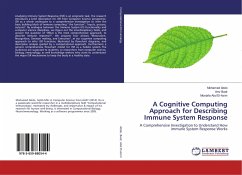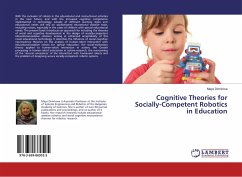A cognitive architecture refers to the design and organization of the mind and cognition. It shows various components and the control flow through those components. It also specifies the underlying mechanisms and processes of a cognitive system. Essentially, it provides a working model of some set of cognitive phenomena. This book set out to demonstrate one possible way to extend an existing cognitive architecture (CAMAL) and enable it to reason probabilistically about domain model objects through perception. The primary aims of the CernoCAMAL research project were, therefore, to investigate how CAMAL could be extended to reason probabilistically about domain model objects through perception, and how probability formalism could be integrated into its architecture to coalesce a number of mechanisms. The book also demonstrated, through experimentation and analyzing the obtained experimental results, an improvement and increased efficacy in CernoCAMAL s overall cognitive performance, as well as specific probabilistic reasoning capabilities of its Probabilistic Reasoner.
Bitte wählen Sie Ihr Anliegen aus.
Rechnungen
Retourenschein anfordern
Bestellstatus
Storno

